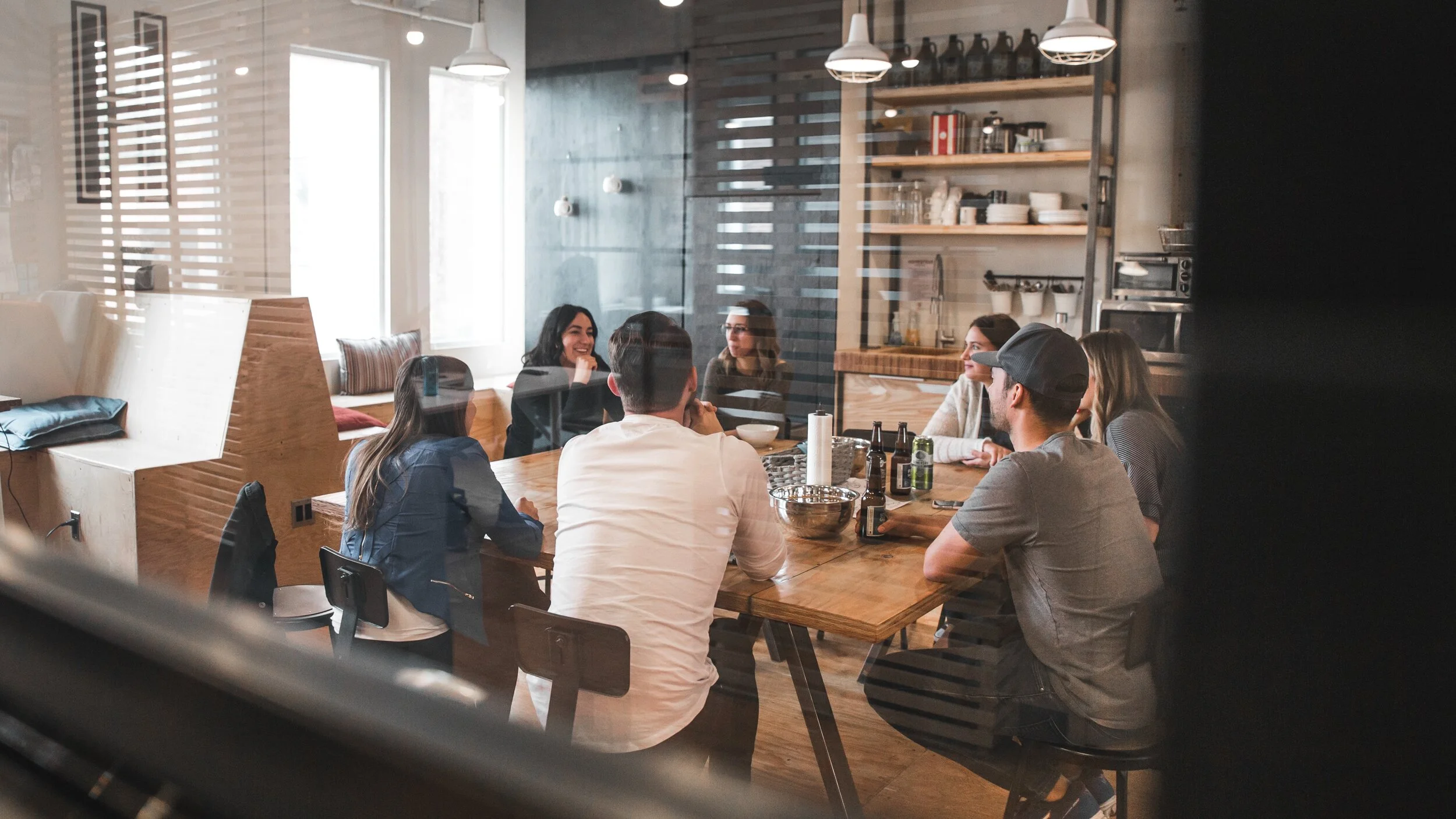Grab CEO Anthony Tan: What Southeast Asia is teaching us about a post-pandemic world
by Anthony Tan
One of my fondest memories as a little boy was going to Klang (a town in Malaysia where my parents are from) every weekend and eating bak kut teh (pork rib soup) with my parents at a famous local joint. The glorious soft-bone pork rib was my favorite, and I would dunk deep-fried dough fritters in the caramel-colored herbal broth, while enjoying the meat with chili sauce.
The bak kut teh store was a hole-in-the-wall operation run by a family who have cooked pork rib soup for generations. Lines would form early outside the store before lunchtime, and so many people would cram inside the tiny shop, cheek to chopstick, munching on pork ribs. The store relied completely on word-of-mouth marketing to drive foot traffic and sales.
This small food business, like many others across Southeast Asia, suffered greatly when COVID-19 struck. With footfall going to zero and business owners ill-equipped to pivot online, many of these generational small businesses simply folded.
COVID-19 has disrupted our way of life. It has impacted our communities, our businesses, and the global economy. However, COVID-19 has also given us a chance to reevaluate the way we function as societies and economies, pushing us to adapt to a new normal at unprecedented speed—and not for the first time. Crises such as war, political revolutions, and natural disasters have long shaped humanity’s future, catalyzing change and forcing us to rebuild over and over again.
For example, World War II saw the implementation of industrialized assembly lines to build munitions and armaments, changing the outcome of war. In the process, it laid the groundwork for turbocharging the auto industry. COVID-19 is accelerating a similar level change, offering a reset button to struggling businesses and industries that have operated the same way for centuries.
We are now at the end of the beginning. With a widely available vaccine unlikely to be available for some time, some clues about our future have emerged. Social distancing will be the norm for at least the next 12 months, as people live cautiously and in accordance with government guidelines aimed at preventing a second wave of infection. Hygiene and safety will be prioritized. Until then, our reliance on digital services will likely remain elevated.
The digitalization of small business
This new digital order will create several long-term outcomes that will impact the way we work, eat, run businesses, and pay for everyday staples. I want to highlight one critical development that we will look back on as COVID-19’s legacy: the rapid digitalization of small, traditionally offline businesses, as they transform to survive and meet consumers online.
A survey by Main Street America, a network of more than 1,600 commercial districts, noted that nearly 7.5 million small businesses in the U.S. are at risk of permanently closing their doors over the next several months if COVID-19 persists.
In Southeast Asia, home to us at Grab, the problem hits harder, as 90% of the region’s economy consists of small businesses. In Indonesia, hundreds of thousands of warungs, small street-side stores peddling street food and necessities, have seen their sales plummet because of the pandemic. Singapore, with its gleaming skyline, has not been spared; the country’s prized street-food culture, driven by cash transactions and dine-ins, has also been severely hit by movement restrictions.
The region’s mom-and-pop stores are what make it unique. But these stores have been operating on an offline model for generations. It comes as no surprise that many SMEs in Southeast Asia have therefore struggled to go online, even if it has become a necessity for keeping their business afloat.
This was the case even prior to the pandemic, where a 2018 Bain survey found that just 15% of SMEs in Southeast Asia truly utilize digital tools, despite 75% seeing digital integration as an opportunity.
This lack of digital literacy is a hurdle. Technology companies, aware of this gap, have tried to ease the transition for small businesses. In May, Facebook launched its Shops service, allowing businesses to set up an integrated online store accessible via both Facebook and Instagram.
Lessons from Southeast Asia’s wet markets
This struggle has always captured my attention, as I believe it’s what truly holds Southeast Asia’s diverse countries and people back from realizing their full economic potential. This reality has compelled us to create meaningful initiatives to address the gaps.
In March, we announced an initiative to bring wet markets online through Grab’s app. A traditionally offline shopping experience, the service allows users to now order wet market produce online and have delivery-riders fulfill those orders.
In Kuala Lumpur, bustling Taman Tun Dr. Ismail (TTDI) has one of the most popular wet markets in the country. Before the pandemic, you would find it packed with stalls brimming with fresh cuts of meat, leafy greens, and tropical fruits, and customers jostling to get their picks. Wet markets like TTDI never had to go online, because everything—from their supply chain to a steady stream of customers—was purely offline.
However, the mobility restrictions and social distancing measures now in place have slowed foot traffic drastically, representing a serious threat to this traditional ecosystem. For the businesses that have relied on this wet market model to support their families for generations, getting online was an important way to not only survive the pandemic but also thrive in a post-pandemic world.
Al Hafiz, who hawked ulam (a type of traditional vegetable and fruit salad) at TTDI for more than 20 years, saw his business crash when the pandemic hit. We helped him with his transition, equipping him with the tools and insights to kick-start his online journey. Listing on our wet market platform in March, before social distancing orders kicked in, he was able to keep up a flow of remote orders and have them fulfilled by delivery-riders. Like many others, going online saved his business.
Similarly, in Singapore, we launched a three-month pilot to bring street-food vendors online. We extended to them significantly reduced commission rates and helped them access more income opportunities with a wider base of customers via the Grab app. We use our scale and data-driven insights to give these small businesses the boost they need.
Rural commerce is also an often overlooked area in Southeast Asia. In sunny Ambon, an island in eastern Indonesia, fishermen labor to sell heaving nets of fresh fish to restaurants and locals daily. When the pandemic hit, their income was immediately choked as restaurants shuttered and movement restrictions went into effect. Adopting this same approach, we onboarded them into our GrabMart service to help list and promote Ambon fishermen’s catch of the day digitally—helping them unlock new streams of customers in Jakarta.
While the social aspect of shopping at wet markets with our loved ones or visiting our favorite mom-and-pop store may be missed for now, going digital could be what ensures the survival of these traditional business ecosystems for future generations. We have to work together with non-governmental organizations and governments to ensure small businesses, like Al Hafiz’s ulam stall in the TTDI market, are trained in using these digital economy tools in order to navigate and thrive in this brave new world.
The fact is that life may never be the same as what we knew pre-COVID, but in Southeast Asia, businesses and the people behind them are hardy. We will adapt to changes in our external environment just as our ancestors did before us and thrive in this new age.
Related articles
——






























Even though we all deal with craziness when we must, most of the time we easily settle into our current environment, whatever it may be.